For Nish McCree, art has always been part of her life, from exploring her grandmother’s collection as a child in Alabama to beginning her collector journey in earnest while living in Washington, DC, to redefining her engagement to include art patronage as well in Accra, Ghana. Now, her mission is clear: to significantly contribute to the expansion and sustainability of the arts and culture sector across Africa. This means developing and expanding the African art ecosystem and promoting the preservation of art for future generations, which Nish achieves through collaborations, her blog, and a soon-to-be-launched digital platform.
LARRY’S LIST recently spoke with Nish about her collection, learning all about her most treasured artworks; her delight when discovering new artists and meeting the artists she collects; her plans to launch her new digital platform, ‘the COWRIE culture’ and how she is working to encourage more African art collectors and patrons; her art collector-patron crush; why the art history canon is the art-world pet peeve; and the three emerging African artists you need to know.
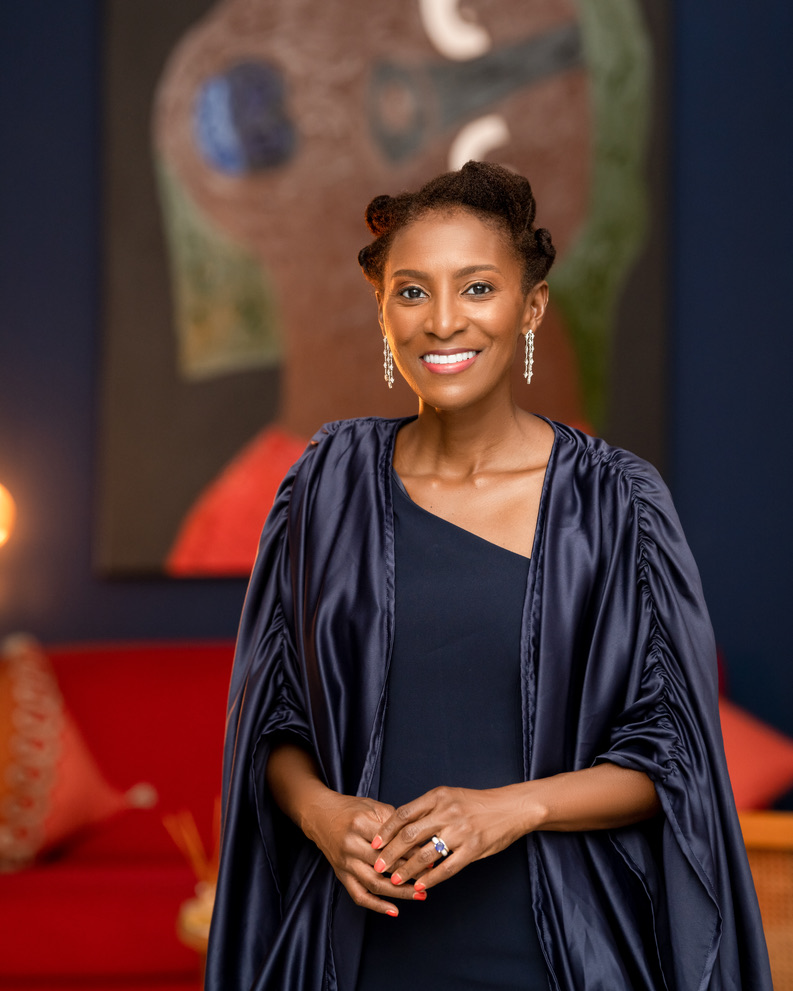
Collecting
What made you want to start collecting art? What is the main motivation behind your collecting?
When I was a little girl, I was fascinated by my grandmother’s collection of folk art, jewelry, photography, and greeting cards. She was an incredibly intuitive collector and maker of folk art. Visiting her house was like stepping into a wonderland. I remember thinking, “When I grow up, I’ll live with all kinds of beautiful and odd things just like grandmother.” Her love of collecting and making art always inspired me. When I moved to Washington, DC in 2013, enchanted by the National Gallery of Art and the great national museums of America, I decided to formalize my childhood love of collecting art. That is when I intentionally started collecting art. I believe my grandmother would be proud of the art collection I have managed to curate over the last eight years.
I am motivated to collect art because art reflects creativity, joy, curiosity, compassion, and beauty back to me in a way that inspires me to be more of myself. Besides my husband and plants, art is the best gift I live with every day.
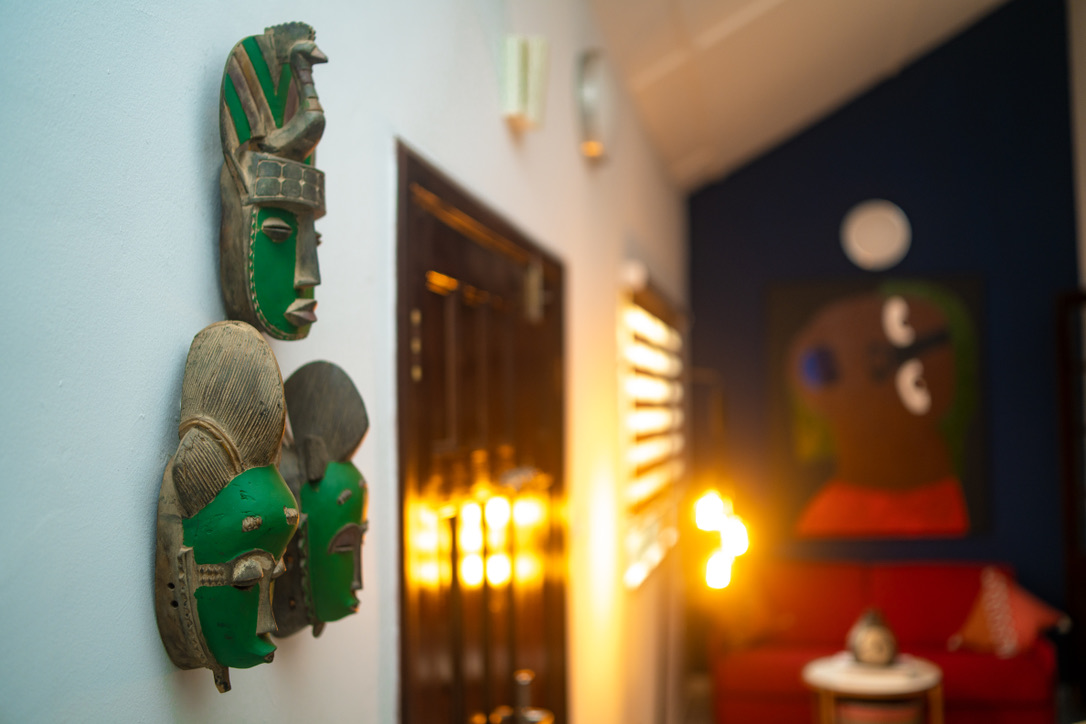
What is your focus regarding the artists in your collection?
My focus is on contemporary art made in Africa, by the African Diaspora, and women. My focus on intentionally collecting art by women started this year. It is overdue, and I am pleased to course-correct and welcome more women artists into my collection. I have also started to seriously research on digital/crypto art made by artists based in African countries. But first, I need a crypto wallet!
Are you more interested in emerging or renowned artists, local or international?
I am very interested in emerging artists, some of whom have become quite renowned in just a few years. I think of myself as a global citizen having been born in Alabama and currently living in West Africa. I suppose my lifestyle decision to live so far away from my country of birth makes me more open to collecting international work from artists in African countries and by the African Diaspora.
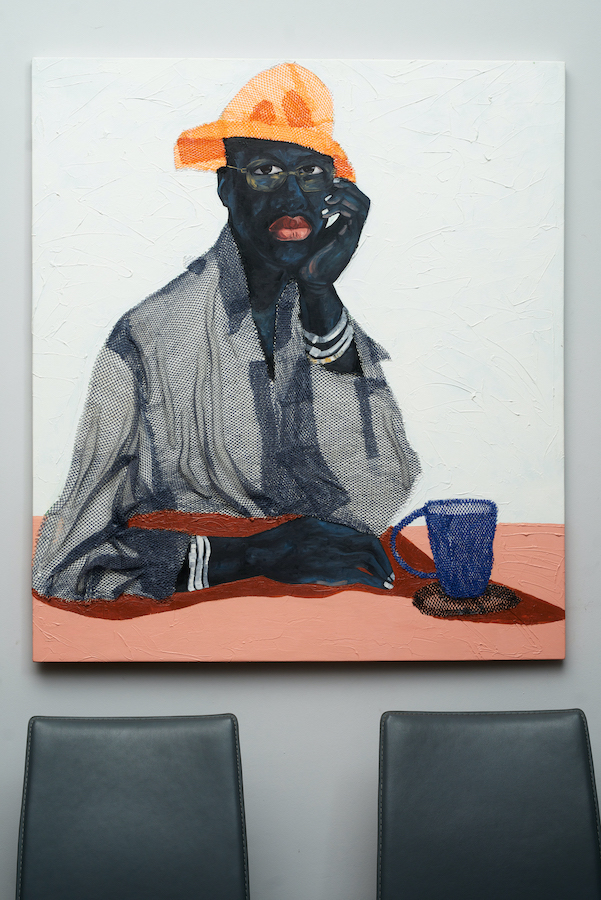
What was the first artwork you purchased? What was the latest?
During my very first studio visit, I met Rushern Baker IV, an abstract artist. At the time he had just finished his MFA at Yale. I got caught up in the excitement of the studio visit, and I bought two works that day. I was a novice collector. I still remember the rush of it.
I last bought three works by Collin Sekajugo, a Rwandese/Ugandan artist.
Where do you display your collection?
I have shared some of the artworks in my blog posts on Medium, where I write to encourage more people living in African countries to collect art. I hope to one day display the collection in a renowned international gallery and national museum. That way more people could experience the collection.
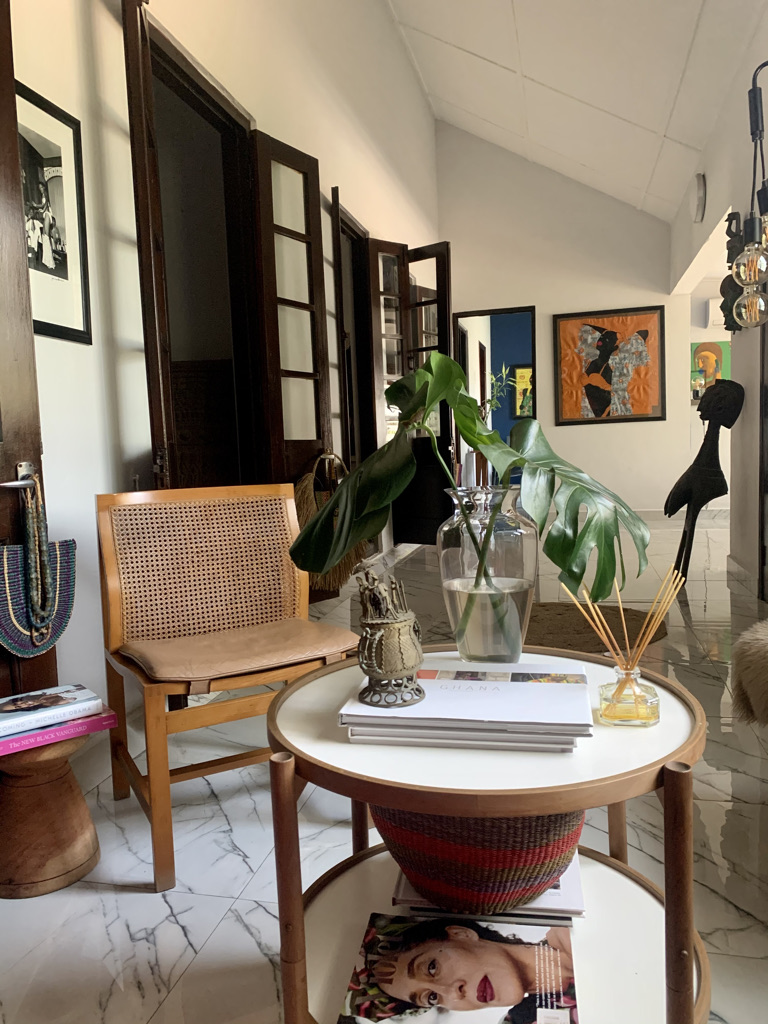
Have you ever presented your art collection publicly?
Not yet, but I am certainly open to the idea.
Is there any kind of artwork that can make you write a cheque without any consideration?
Maybe in another life but not in this one so far. However, I am an art patron, and I will give more back to the art community over time. My dream is to be a philanthropist.
What is your most treasured artwork?
The ceramics I made with my grandmother when I was a kid are my most treasured artworks. We fired them together in her kiln. A second runner-up would be my contemporary photography collection by artists such as Deana Lawson, LaToya Ruby Frazier, John Edmonds, Phyllis Galembo, Michael Aboya, and D’Angelo Lovell Williams.
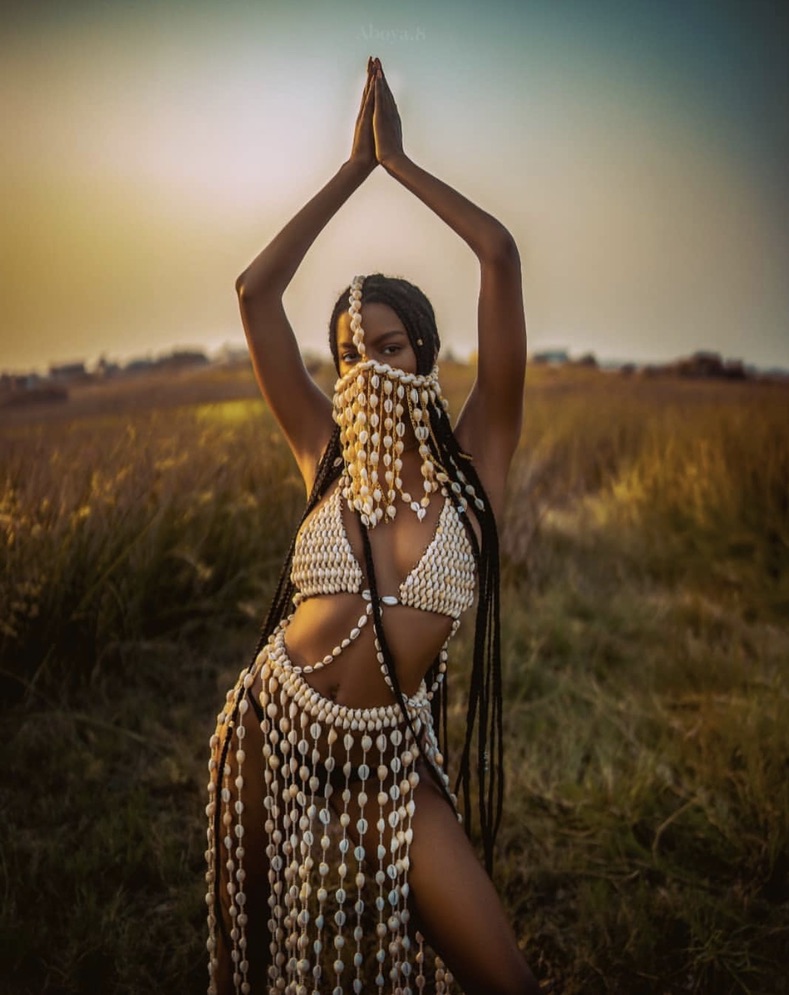
What is your biggest regret regarding collecting?
When I was a postdoctoral fellow in Washington, DC, I had the chance to buy a breathtaking painting by Jordan Casteel. This was before she was at the Studio Museum of Harlem and long before her solo show at the New Museum in New York. Unfortunately, I was living on a fellow’s salary and had to pass on the painting. I wish I had just eaten ramen for a year and bought the work.
How important is it for you to meet the artist who created the artwork?
One of my greatest joys is meeting the artists whose works are in my collection. This is one of the reasons that makes collecting contemporary art special—the chance to connect with the artists. Since moving to Ghana in 2018, I have met every artist, except one, whose work my husband and I have added to the collection. It has been an absolute delight to establish relationships and even make a few friendships.
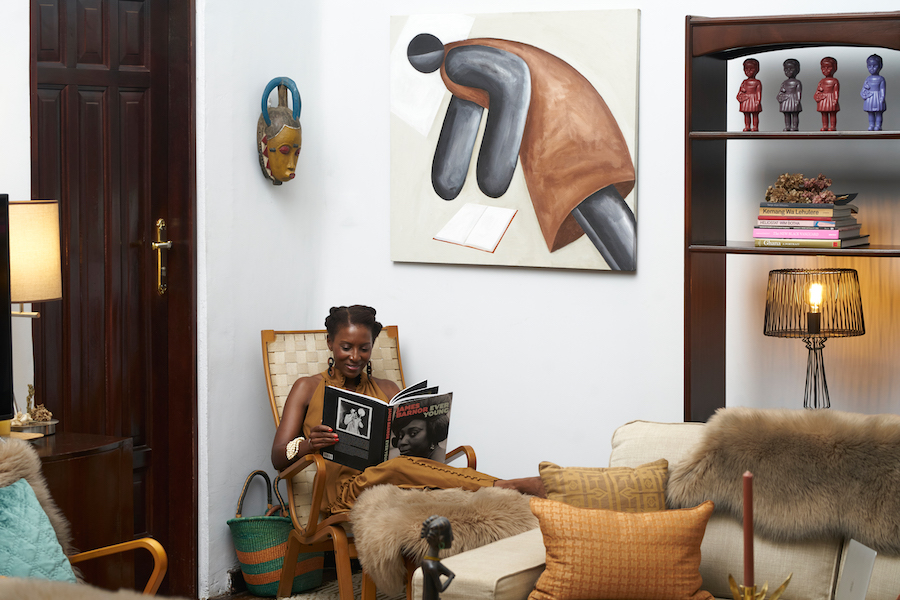
Do you rely on art advisors? How do you make your decisions concerning acquisitions?
I have a background in research, so I get a thrill from finding new artists, following their development, and making connections. To date, I have not relied on an art advisor. I study, read, look at, and make decisions about acquisitions with the data points I collect during my research on art of interest to me. At the same time, I am one of those people who believes in the intuitive sense of the collector, so I also just follow my heart. When it leaps for a work, I know I have to have it. More and more, I am interested in helping other people curate a contemporary art collection filled with art made in Africa.
What are your goals for your collection in the next 10 years?
I would love to see parts of the collection in the permanent collection of a renowned cultural institution somewhere in the world where thousands of people could go for free to experience the joy of art — similar to what Herb and Dorothy Vogel achieved with their gift to the National Gallery of Art, Washington, DC. That would be so wonderful. Additionally, I hope to share the collection in a way that inspires other people, especially those living in African countries, to become art collectors and art patrons. Our art ecosystem in Africa needs the support.
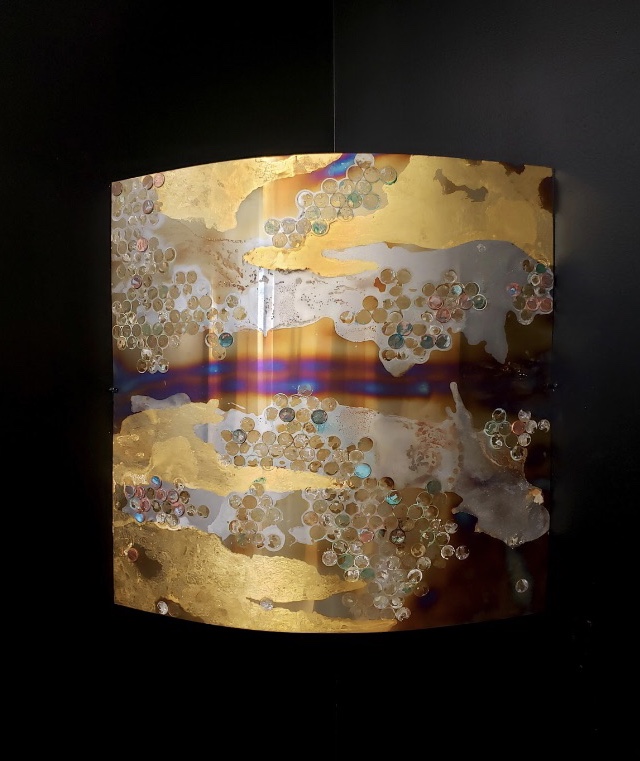
Much of your work as a collector and patron is directed towards developing the arts and culture sector across Africa. How are you making an impact? How can collecting bring about a sustainable art ecosystem?
My mission is to contribute to the expansion and sustainability of the contemporary art ecosystem in Africa. I hope to inspire a new generation of art collectors, art patrons, and public/private sector institutions to help achieve this mission. I think of myself as a collector-patron-activist working to spread the word about the greatness and necessity of contemporary art made in Africa. It is the reason why I will launch an online platform, the COWRIE culture, to engage more intentionally with people and institutions around the world to support the arts and culture sector in a way that could enable economic growth in African countries around contemporary art, cultural tourism, and other creative economies. The possibilities for a vibrant creative economy in Africa are limitless. Art collectors will play a significant role in helping with the initial investments needed in domestic economies around Africa to help establish and sustain emerging and early-stage contemporary art ecosystems. This mission is especially important for the African youth and adult artists and creatives under the age of 25, who make up 60% of the population on the continent and need ways to support themselves on their own terms and create financial success. I want to be a part of creating this reality for my beloved Africa.

The Art World
What was your happiest moment being involved in art?
I got married in 2018. My happiest moment was having my husband join me as an art collector and art patron a year later. Having a partner in the pursuit of art makes the practice of collecting art even more meaningful.
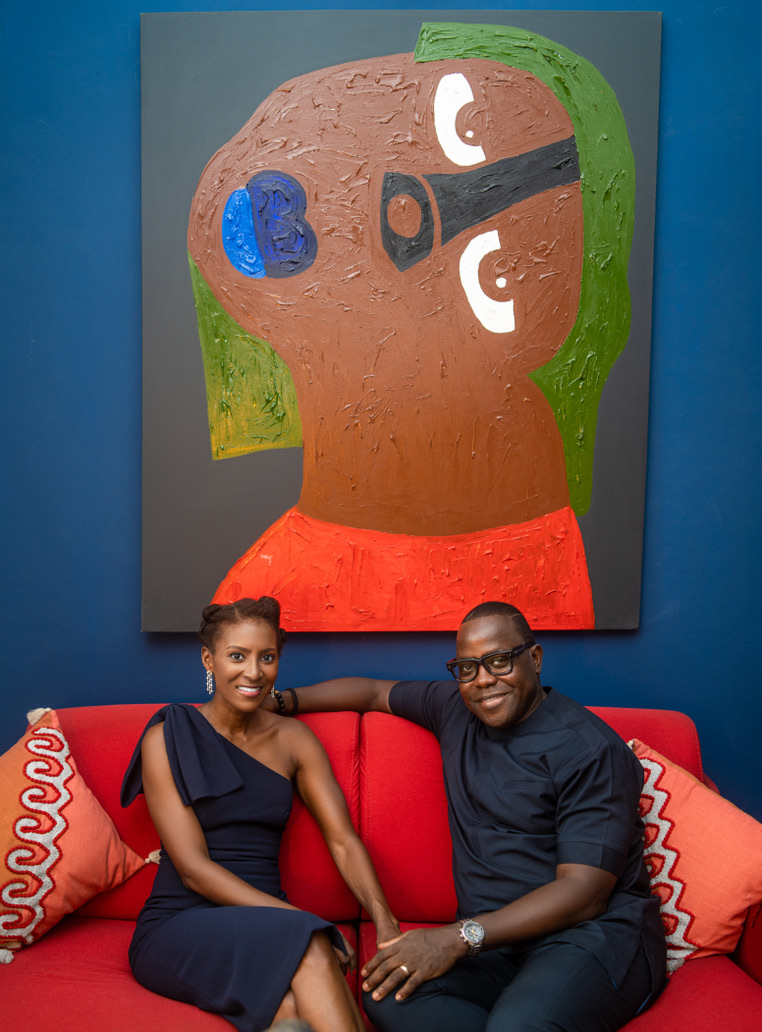
What is your art-world pet peeve?
The art history canon is too narrow. It needs to be expanded and rewritten to be more inclusive of all the exceptional artists who contributed to the important art movements. For example, we cannot talk about the full depth of abstract expressionism without including Ed Clark, Norman Lewis, Alma Thomas, Al Loving, and Sam Gilliam, to name a few of the exquisite African American abstract expressionist painters. Inclusivity in the art history canon is a must. Let’s correct mistakes from the past and ensure inclusivity in the future canon of art history. That is my pet peeve. I will add that we need more critical writing and discourse on contemporary art by African artists and those of the African diaspora.
Who inspires you in the art world?
Pamela Joyner is my art collector-art patron crush. Thelma Golden, director of the Studio Museum of Harlem, is another one of my biggest art world inspirations. These two powerhouse women, together with Theaster Gates, the ultimate artist activist, are absolutely tops in my book. They are contributing to the art world in a way that opens doors and expands notions of possibility for more people, especially for Black, Indigenous and People of Color (BIPOC) who have been excluded from the art world and the art history canon for far too long.
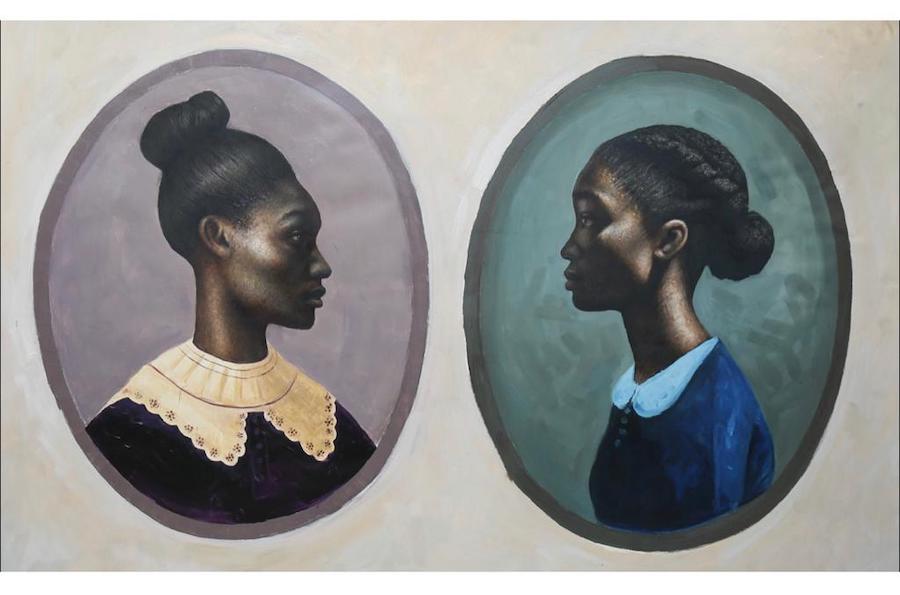
How do you engage with the art world digitally?
I publish articles on Medium, which allows me to digitally engage with the art world. I really like making connections with artists and other collectors through Instagram and Clubhouse. Soon, I will use the COWRIE culture, my new online contemporary art platform, to digitally engage with the art world. It is all very exciting and immediate, which is important for engaging in the global art world.
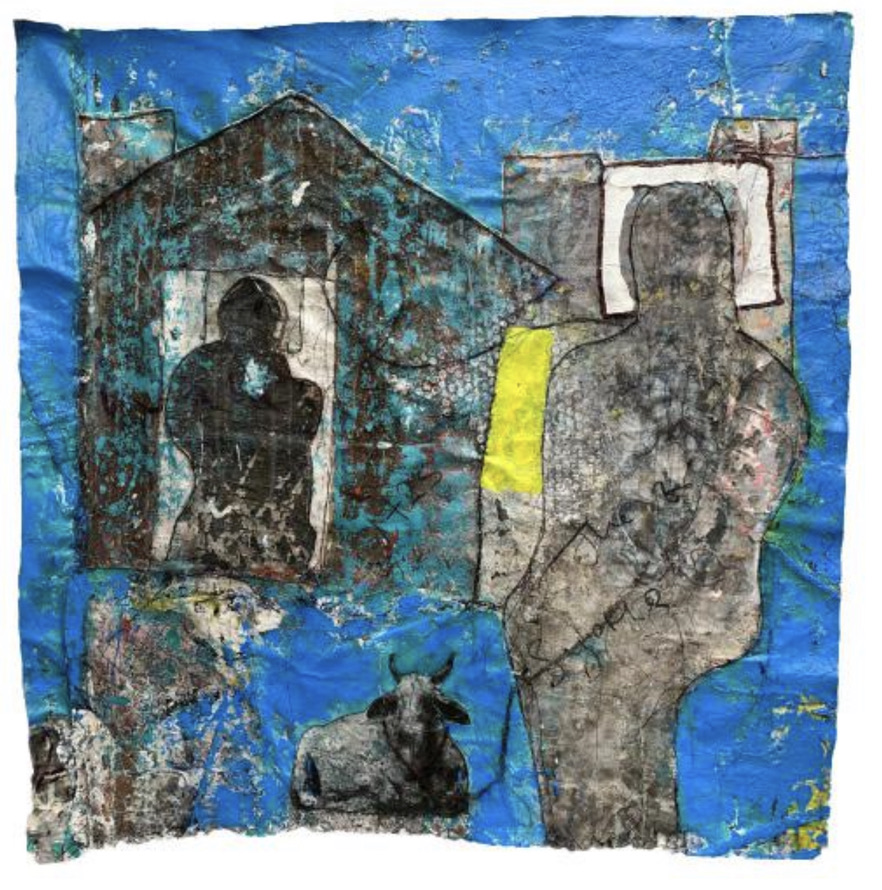
How are you discovering new artists these days?
I ask artist friends to introduce me to emerging artists they are watching. I read online art publications, and I look at art online every day. The Clubhouse app has made it easier to connect with digital/crypto artists, which is an emerging area of interest for me.
What is your preferred way to exchange with other collectors?
Virtual coffee meetings, seeing an exhibition together, collaborating on a project, and sharing space on art panels. Before COVID-19, I enjoyed meeting collectors at art fairs and dinners. I have always wanted to form a small collective of one or two trusted art collectors to jointly buy an artwork as a way to make a cost-prohibitive but highly desirable work more accessible.
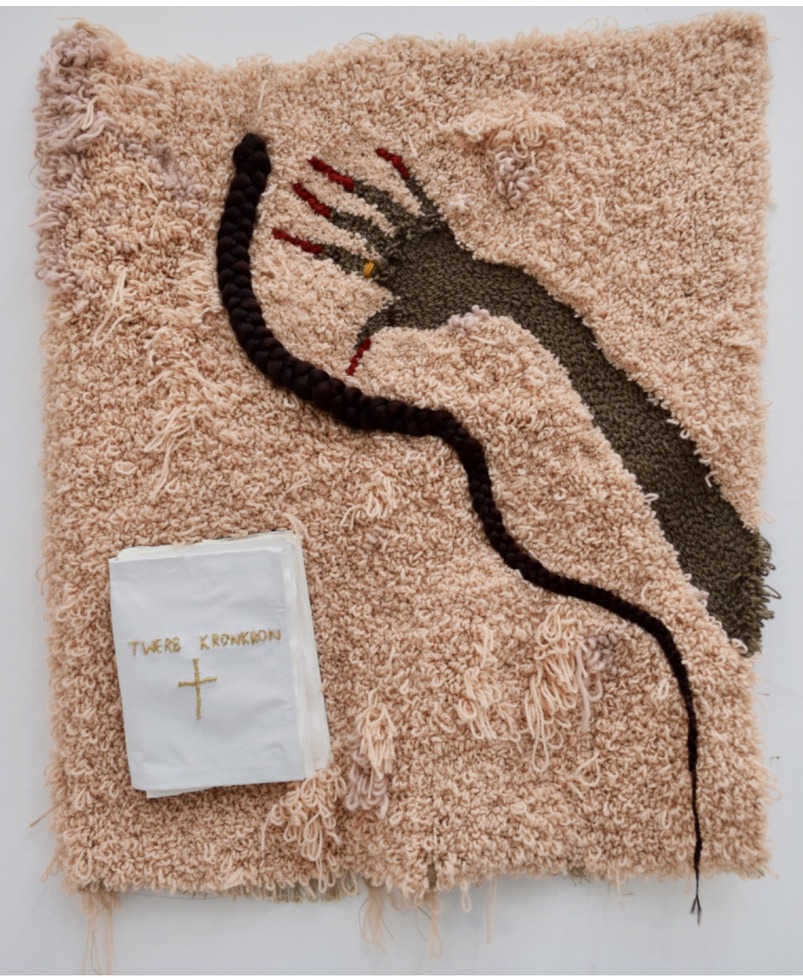
What events in the art world are you most looking forward to in the next 12 months?
I’m excited to see more collaborations in the art community, especially now that virtual reality has made the global art community feel more familiar and accessible. I have my fingers crossed for a collaboration on a contemporary art documentary and art book. If you’re keen, let’s be in touch.
How would you like to see the Ghanaian collector scene, and more broadly the African collector scene, develop in the next few years?
I would like to see more people who live in African countries and who have disposable income become art collectors and art patrons. It would be fantastic if even 10% of these new collectors and patrons also contributed to the art ecosystem in their respective countries by supporting academic institutions, artist-in-residency programs, and national cultural centers. We desperately need more cultural centers across Africa for the conservation of art and to contribute to cultural tourism. I am collaborating on a project with another collector to host a series of workshops on collecting art to engage new collectors in Ghana and across the region. Others such as ART X Lagos are doing so much more to expand the art collector base in West Africa. “It takes a village,” as the African proverb goes, and I am here for it.
What is your advice to young and fresh collectors?
Find art “friend-tors” and start to learn about art. Ask questions from more experienced collectors. Engage in virtual art talks, studio visits, art fairs; see online exhibitions and get a sense of the kind of art that resonates with you. Commit to looking at art every day. Over time, you will develop your art preferences. If you find you’re interested in contemporary art, then connect with artists and galleries that represent them. Essentially, you want to develop relationships as you get familiar with your art collecting practice. If you have the budget, work with an art advisor. However, it is not necessary. You can build your own amazing art collection. Be careful not to follow trends. Above all, be patient, give yourself time to learn, have fun, and buy what you love (after you’ve spent some time in study).
Can you name three emerging artists which should be on our watchlist?
Anya Paintsil, Kwesi O. Kwarteng, and Kaloki Nyamai.
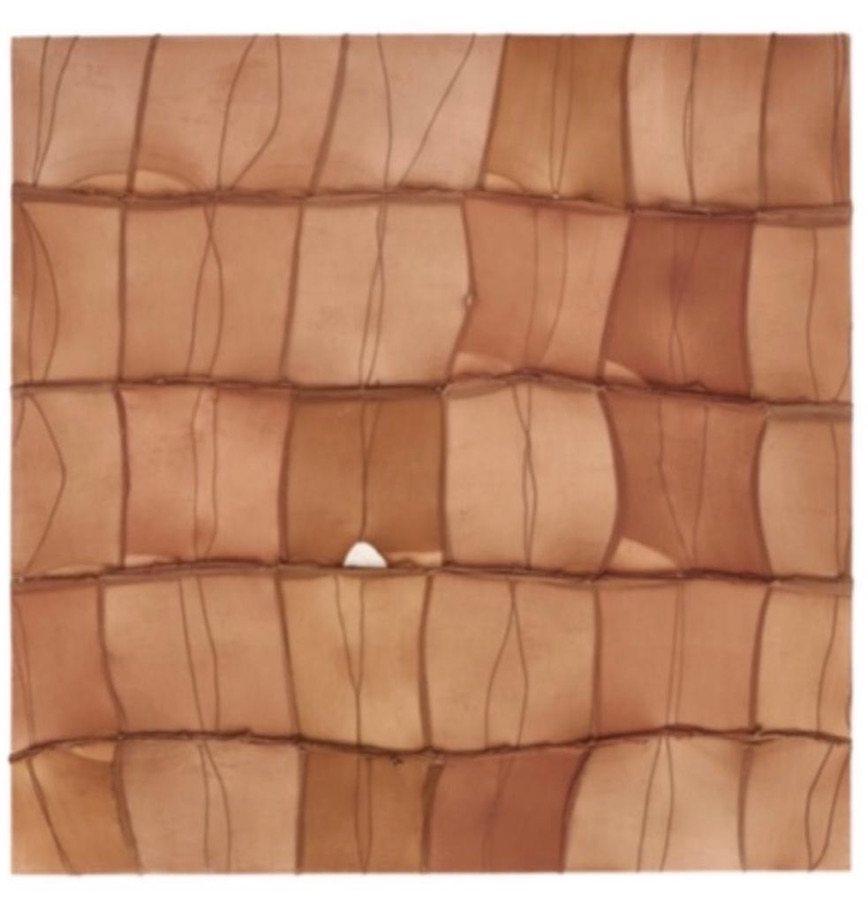
Related: the COWRIE culture, Nish McCree on Medium
Instagram: @nish_mcree
A selection of artists Nish collects:
Michael Aboya
Rushern Baker IV
LaToya Ruby Frazier
Phyllis Galembo
Deana Lawson
By Jamie Bennett





